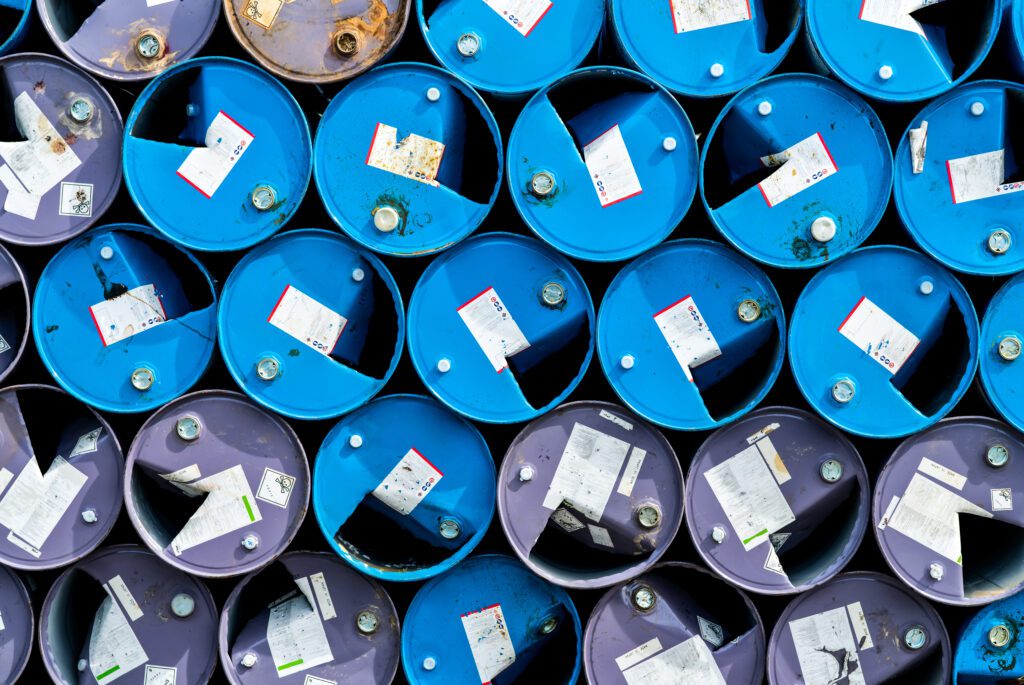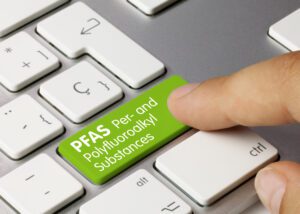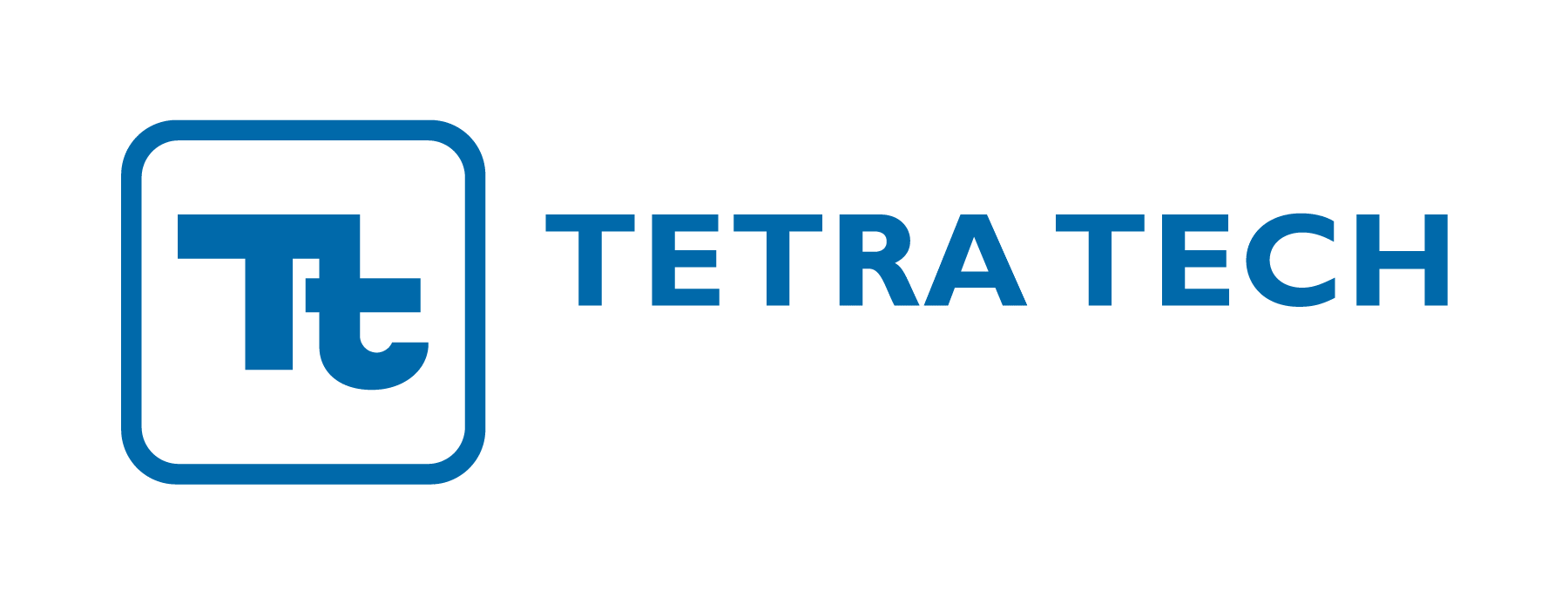The U.S. Environmental Protection Agency (EPA) has recently announced that it is updating the Safer Chemical Ingredients List (SCIL) “to enhance transparency in safer chemistry, help consumers and organizations find safer chemical alternatives, and increase innovation and growth of safer products.” With this update, there are now 957 chemicals on the SCIL, but what exactly is the SCIL, and what is its purpose?
What is the Safer Chemical Ingredients List (SCIL)?
The Safer Chemical Ingredients List (SCIL) is a list of chemical ingredients, arranged by functional-use class, that the EPA’s Safer Choice Program has evaluated and determined to be safer than traditional chemical ingredients. This list is designed to help manufacturers formulate safer products for human health and the environment by providing a list of pre-screened, safer chemical ingredients.
SCIL Benefits for Compliance Reporting
The Safer Chemical Ingredients List (SCIL) aids in regulatory compliance in several ways:
- Meeting Regulatory Standards: The SCIL helps manufacturers ensure their products meet various regulatory standards, such as those set by the Toxic Substances Control Act (TSCA) and the Federal Insecticide, Fungicide, and Rodenticide Act (FIFRA). By using chemicals from the SCIL, manufacturers can be more confident that their products comply with these regulations.
- Simplifying Compliance Processes: The SCIL provides a pre-screened list of safer chemicals, which simplifies the process of selecting ingredients that are less likely to face regulatory restrictions or require extensive safety testing.
- Supporting Safer Choice Certification: Products formulated with SCIL-listed chemicals are more likely to qualify for the EPA’s Safer Choice label. This certification helps in regulatory compliance and enhances marketability by signaling to consumers that the product meets high safety and environmental standards.
- Encouraging Transparency and Innovation: The SCIL promotes transparency in chemical use and encourages innovation in developing safer chemical alternatives. This proactive approach can help companies stay ahead of regulatory changes and avoid potential compliance issues.
By leveraging the SCIL, manufacturers can streamline compliance efforts, reduce regulatory risks, and promote safer, more sustainable products.
How are chemicals added to the list?
Before Safer Choice decides to include a chemical on the SCIL, a third-party profiler gathers hazard information from a broad set of resources, including identifying and evaluating all available toxicological and environmental fate data. The profiler then submits a report to Safer Choice recommending whether the chemical passes the Criteria for Safer Chemical Ingredients.
Safer Choice staff reviews the submission for completeness, consistency, and compliance with the Safer Choice Criteria. If more than one third-party has evaluated the chemical, Safer Choice checks for differences in the profiles and resolves any conflicts. Safer Choice may also perform additional literature reviews and consider data from confidential sources, such as EPA’s New Chemicals Program.
It’s important to note that the list is not intended to be exclusive. Chemicals may be submitted as part of a formulation that the program has yet to review, or a chemical manufacturer may develop a chemical to meet the Safer Choice criteria. If these chemicals meet the requirements, they may be approved for use in Safer Choice-labeled products and added to the SCIL. Chemicals may be removed from the list or have their status changed based on new data that raises the safer-chemistry bar.
How it Works
The Safer Choice Standard and the Criteria for Safer Chemical Ingredients address a broad range of potential toxicological effects, including:
- carcinogens, mutagens, reproductive or developmental toxicants;
- persistent, bioaccumulative, and toxic chemicals;
- systemic or internal organ toxicants;
- asthmagens;
- sensitizers; and
- chemicals on authoritative lists of chemicals of concern.
Chemicals that exhibit endocrine activity are closely evaluated, and those associated with toxicological hazards are not allowed.
Additionally, impurities can be present in chemicals that are used in Safer Choice-certified products. However, Safer Choice limits impurities that do not meet its criteria to less than 0.01 percent in the final product. The safer chemicals list does not include impurities.
Chemical Rankings
All chemicals in the listing are among the safest for their functional use and are ranked as follows:
- Green circle – Based on experimental and modeled data, the chemical has been verified to be of low concern.
- Green half-circle – Based on experimental and modeled data, the chemical is expected to be of low concern. Additional data would strengthen confidence in the chemical’s safer status.
- Yellow triangle -The chemical has met Safer Choice Criteria for its functional ingredient class but has some hazard profile issues. Specifically, a chemical with this code is not associated with a low-hazard concern for all human health and environmental endpoints. While it is a best-in-class chemical and among the safest available for a particular function, the function fulfilled by the chemical should be considered an area for safer chemistry innovation.
- Grey square – This chemical may not be acceptable for use in products that are candidates for the Safer Choice label, and any currently certified products that contain it may need to be reformulated per Safer Choice Compliance Schedules. Manufacturers may provide information to justify the continued listing of this chemical on SCIL and its use in Safer Choice-certified products. Unless the EPA receives information to adequately justify continued listing, they will remove the chemical 12 months after grey square designation.
Some listings contain both green circle and yellow triangle chemicals because the yellow triangle chemicals fill a functional need not met by the available green circle chemicals. For example, yellow triangle preservatives are needed to meet the full range of antimicrobial efficacy and yellow triangle solvents are needed to meet restrictions on volatile organic compounds (VOCs) in certain product classes.
Get Support
The EPA’s Safer Chemical Ingredients List (SCIL) supports safer chemical alternatives and helps manufacturers comply with regulatory standards. The SCIL is a valuable tool for formulating products that are safer for both human health and the environment. For assistance with environmental compliance or other EHS concerns, contact Tetra Tech’s experts at [email protected]. We can help with everything from chemical reporting to stormwater pollution prevention plans (SWPPP) and more.






